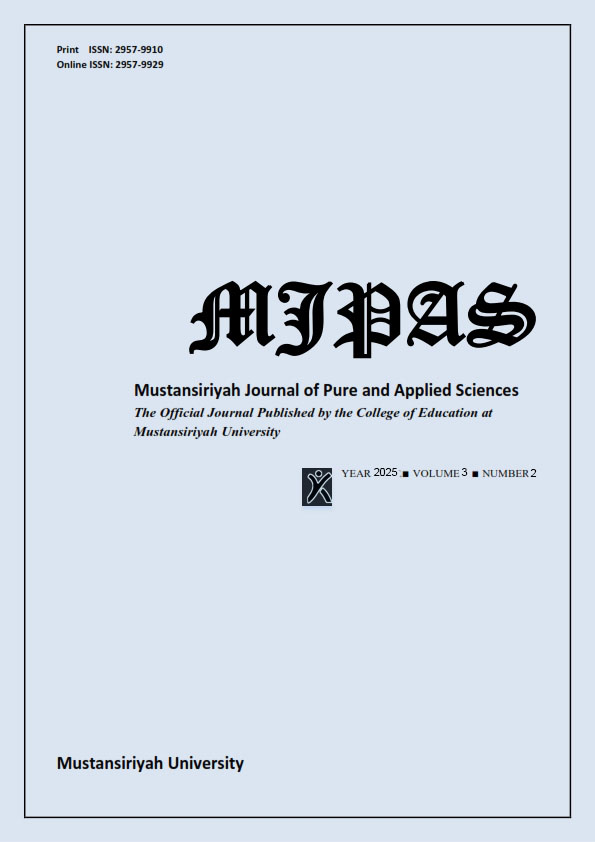The Effect of Di Ethyl Sulfate (DES) on Increasing Salt Tolerance for Callus of Vigna sp. Using Plant Tissue Culture Technique
Wasan Mohammed Mousa Alsewidi
Biology Department-Collage of Science, Mustansiriyah University
Hashim K. Mohammed Al-Oubaidi
Biology Department-Collage of Science, Mustansiriyah University
DOI: https://doi.org/10.47831/mjpas.v3i2.217
Keywords: using plant tissue culture technique for increasing salt tolerance of vigna sp
Abstract
Embryos were excised from sterile mature seeds of Vigna sp. were cultivated upon MS medium that had vitamins as well as development promoters added. The outcomes demonstrated that the optimal 2,4-D concentration for callus formation was 2 mg/l. The callus was then subjected to various concentrations of a combination of salts consisting of NaCl, CaCl2, in addition to MgCl2 with a ratio of 2: 2: 1. (0, 50, 100, 150, 200, and 250) mM of salt mixture add to the culture medium. Various levels of di ethyl sulfate (DES) mutagenic solution at a concentration of (0.1) mM were used to soak the callus for a period of time (15, 30 or 45) minutes. Revealing callus to (DES) increased the weight, whether fresh and dry of callus compared to callus not treated with (DES). To produce genetic variations, callus was cultivated on MS media containing (0 - 250) mM after undergoing treatment for thirty minutes using (0.1) mM of (DES). The outcomes demonstrated that DES-exposed calluses had higher salt tolerance, which was appeared clearly by the increased fresh weight of callus, in contrast to untreated callus.


